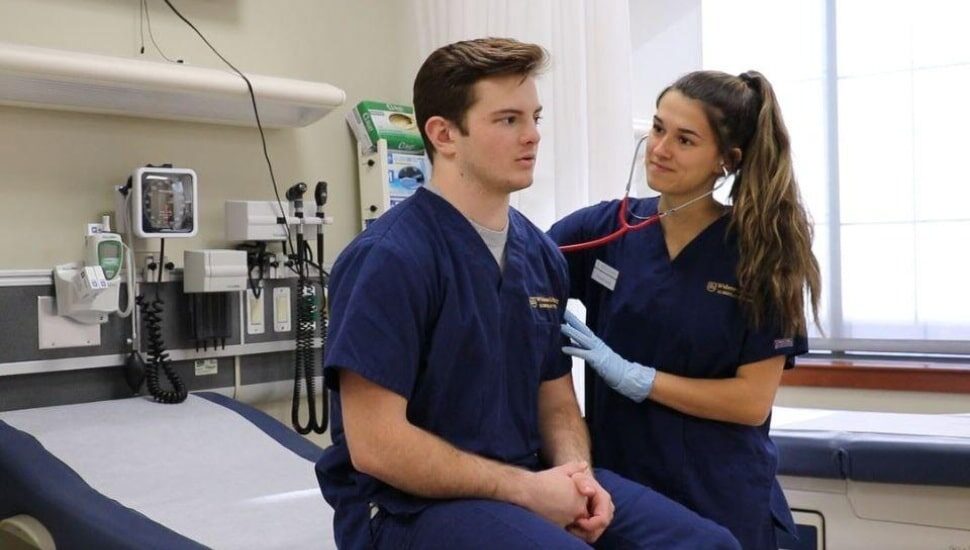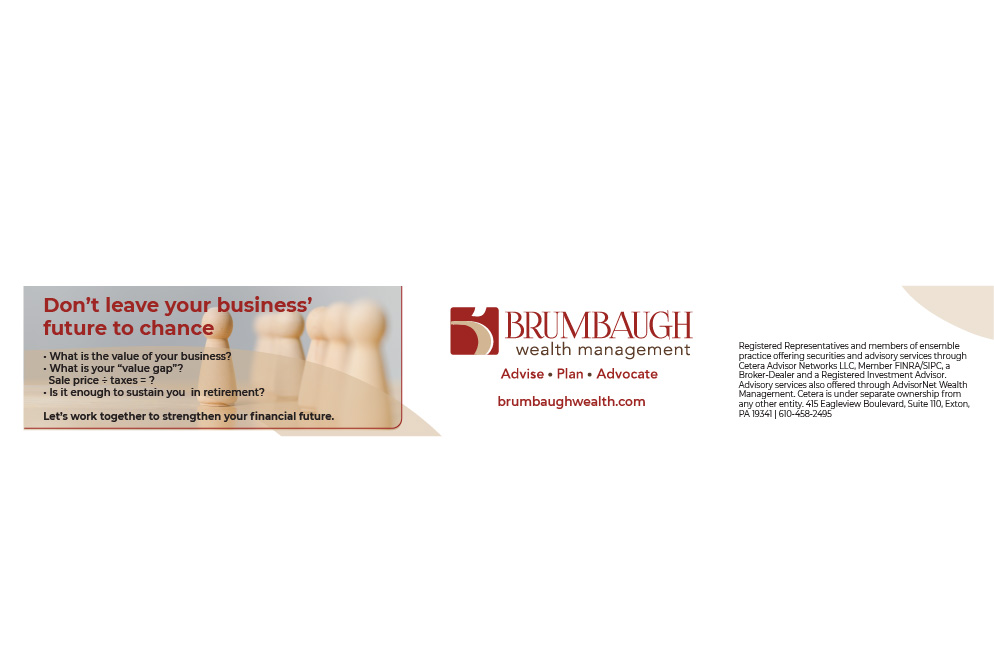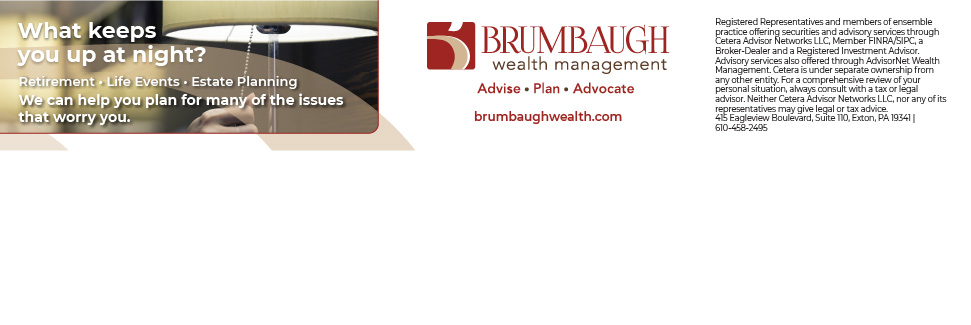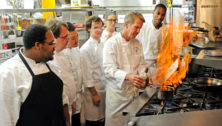Widener University Nursing Simulation Helps Shape Clinical Excellence

Clinical experience is critical for a nursing student’s education. At Widener University, the Center for Simulation provides students with hands-on experience well ahead of a real-world clinical setting.
The Center for Simulation is located on the second floor of Founders Hall. It puts students into a variety of clinical settings that mimic specific specialties.
Settings include a primary care office, OB/GYN unit, trauma/ICU unit, a pediatric unit, and an apartment suite.
“The simulation center provides both skill development and opportunities for learning clinical judgment. Guided by expert faculty, students have the opportunity to practice in a safe space and reflect on their learning,” said Anne Krouse, dean of the School of Nursing.
Courses and labs are designed to build competencies for students before clinical placements, which typically begin the junior year for undergraduates.
Introductions to the different specialties help students like senior Brenna Sharkey put textbook lessons into practice in a controlled environment.
“You can read so much in the textbooks but getting that hands-on component is where you get the experience,” said Sharkey.
The senior nursing student learned skills and gained confidence in the pediatric simulation lab before performing a routine assessment with a real patient at a maternity clinical.
“When I went into my maternity clinical, I had to do an assessment on a baby on my first day, but I knew how to do it because I was able to practice on the sim pediatric baby ahead of that situation,” Sharkey said.
The center opened in 2011 as a state-of-the-art facility providing students with the tools and technologies to safely engage in clinical practice. Today, the center continues to deliver high-quality simulated learning for students at the undergraduate and graduate levels, thanks to facility and technology updates.
With support from nursing alumni, including Marietta Mosco Borinski, Class of 1980, and her husband Michael, Class of 1982, two new spaces debuted in the center this fall.
The revamped rooms were designed with flexibility in mind, according to Teresa Larmarra, director of the Center for Simulation.
“We designed the new rooms so that we could use the spaces either as a lab or a simulation,” said Larmarra.
Krouse added that the flexibility allows for better use of the space as the student’s learning needs change.
Each lab, and its accompanying technology, immerses students in a real-world clinical scenario and gives them direct access to learn from the same equipment and technology used in hospitals.
Soon, the high-tech mannequins and integrated camera systems will be joined by the latest virtual reality tools, which will further enable students to hone clinical skills and competencies.
Students will interact in the virtual world and get real-time feedback, Krouse said.
Students are using the leading technology and equipment alongside expert faculty and staff who guide them in a supportive and safe environment.
“If students go to clinical and struggle with a skill, not only do they come back for the assigned simulation, but we remediate them until they get it right,” said Larmarra.
Senior nursing student Hannah Smith said that intentionally creating a space that invites students to make mistakes and learn from them is critical to the learning process.
“My favorite thing about the sim lab is that you know you’re not doing anything to a real person so you’re comfortable to make mistakes and learn,” said Smith.
And while achieving clinical proficiency is the leading objective in the center, the in-person simulated learning teaches the interpersonal skills that are vital for nurses, explained Danielle Kobner, assistant director of the Center for Simulation.
“You can’t learn every skill online like how to take blood pressure; you can’t be taught how to be empathetic or sympathetic online. Therapeutic touch and communication skills are so valued in the health profession and you need that in-person learning approach,” said Kobner.
Connect With Your Community
Subscribe to stay informed!
"*" indicates required fields

































![95000-1023_ACJ_BannerAd[1]](https://vista.today/wp-content/uploads/2023/03/95000-1023_ACJ_BannerAd1.jpg)
















